Downwind Mk III Board
€1,700.00
Description
The Armstrong Downwind Mk III Board Overview
Downwind Mk III Board
Standing at the forefront of downwind foiling innovation, the Armstrong Downwind Mk III Board embodies years of design expertise, rider feedback, and relentless field testing. As the third-generation evolution of Armstrong’s downwind board series, it captures everything learned from previous models and integrates a host of new features to maximize performance, comfort, and durability.Downwind Mk III Board
Armstrong’s design philosophy revolves around empowering riders to explore, to push boundaries, and to connect deeply with the ocean. Therefore, every curve, every material choice, and every specification on the Mk III has been carefully chosen to serve that mission. Whether you are launching into a Hawaiian swell or chasing Mediterranean wind bumps, the Mk III is ready.Downwind Mk III Board
Key Design Philosophy
What makes the Armstrong Downwind Mk III Board so compelling is its balanced approach to design. Armstrong never overcomplicates things, instead following a philosophy of purpose-driven design. Each element of the Mk III supports downwind functionality, from the precise entry rocker to the volume distribution.
Many downwind boards on the market attempt to imitate a simple SUP outline with only minor tweaks. In contrast, Armstrong took a ground-up approach. They asked: what does a downwind foiler truly need to catch more bumps, launch more efficiently, and maintain control in variable conditions? The Mk III answers with a uniquely tuned hull profile, efficient foil box integration, and construction materials tested to withstand punishing ocean environments.
In essence, the Armstrong Downwind Mk III Board was built for you — the passionate rider who refuses to compromise and demands a board that works in harmony with the ocean.
Refined Hull Shape
Let’s dive into the hull. This is the most critical part of a downwind board because it defines how easily you break free from the water and achieve lift. The Mk III hull shape builds on the lessons of its predecessors, with:
-
Optimized entry rocker, to encourage early lift
-
Flat midsection, minimizing drag during paddle acceleration
-
Clean tail exit, so water release is instantaneous as you gain speed
-
Balanced rail lines, stabilizing the board through side chop
This hull shape reflects hours of prototype testing in conditions ranging from glassy swells to turbulent cross-seas. Armstrong’s design team sought the sweet spot between paddle tracking and rapid lift-off — a tricky balance. The result is a board that helps you catch bumps earlier, with less effort, and that accelerates quickly when you put in a hard stroke.
Moreover, the Mk III’s subtle hull contours help reduce unwanted yawing. In challenging ocean conditions, you will appreciate this tracking stability, as it means you can focus on timing your paddle strokes rather than constantly correcting your direction.
Carefully Tuned Rocker
The board’s rocker profile is another standout feature. Armstrong’s engineers optimized the curve to ensure fast paddling yet maintain enough nose lift to handle steep bumps without pearling.
Too much nose rocker slows paddling efficiency. Too little, and you risk nose-diving as you enter a wave. The Mk III’s rocker balances these extremes with a shape tested through hundreds of rider sessions. Whether you are pumping across a wind swell or catching a long-period ground swell, the rocker adapts, providing confidence and predictability.
That rocker, in combination with the board’s foil mounting system, creates a seamless transition from paddle acceleration to foil flight. You will notice how easy it feels to shift from paddling to lifting, without stalling or dropping off the bump.
Volume Distribution
Volume is a hidden hero in downwind boards. Distributing it properly can make or break your session. The Armstrong Downwind Mk III Board places its volume to ensure:Downwind Mk III Board
-
High stability at rest
-
Confident balance during paddle acceleration
-
Supportive deck when moving weight to the rear for takeoff
A slightly domed deck around the stance area gives you a secure platform, while low-profile rails reduce windage and minimize cross-wind push. Combined, these features deliver a stable, comfortable board that is easy to maneuver even in chaotic ocean states.
Tail Shape & Release
The tail section deserves special attention. Armstrong engineers sculpted it to encourage fast water release. A squared-off tail, with precisely blended edges, gives the board that momentary “pop” that helps break surface tension as the foil lifts.Downwind Mk III Board
During testing, Armstrong prototypes revealed that even subtle tail adjustments could transform the board’s performance. On the Mk III, the tail is optimized for both launch and pumping. Once you are flying, you will notice how the tail stays clear of turbulence, preventing unwanted drag on touchdowns and supporting a cleaner re-entry if you breach.
Foil Mounting System
Another pillar of the Mk III’s design is its foil mounting system. Armstrong uses a robust carbon-titanium hybrid box to anchor the foil. Riders need confidence that their foil stays firmly connected during powerful takeoffs, landings, or impacts with chop.
This foil box also allows a range of mounting positions so you can fine-tune your setup. If you want a more reactive, pitch-sensitive ride, you can shift your mast forward. If you prefer a stable, locked-in feeling, you can slide it rearward. Armstrong includes precise indexing marks so you can replicate your settings consistently across sessions.
Construction and Materials
True to Armstrong’s no-compromise DNA, the Downwind Mk III Board uses only the highest-grade materials. The skin is built from a multi-layer carbon laminate, optimized for durability and stiffness, while maintaining a reasonable overall weight. Inside, a precision-shaped EPS core offers impact resistance and exceptional strength-to-weight balance.
The deck features high-compression sandwich construction to avoid pressure dents from paddle strokes or foot pressure. Armstrong boards have a reputation for withstanding years of intense use, and the Mk III lives up to that promise with construction details that protect your investment.
In addition, Armstrong uses a durable finish that resists UV breakdown, ensuring your board looks good and stays structurally sound after countless sunny sessions.
Downwind Mk III Board Key Performance Advantages
So what does all of this deliver in the water? The Armstrong Downwind Mk III Board gives you:
-
Early lift-off even in marginal bumps
-
High paddle tracking stability
-
Smooth acceleration
-
Responsive pumping and linking
-
Confidence-inspiring touchdown recovery
-
A feeling of unity between board and foil
Armstrong’s team put in the time to refine these performance advantages. They tested with beginner foilers, intermediate riders, and top-level athletes to make sure the Mk III would suit a broad range of skills. If you are still learning to catch bumps, you will find the board forgiving. If you are chasing record downwind runs, you will find it capable of supporting the highest speeds with minimal energy loss.
Downwind Mk III Board A Visual Masterpiece
Beyond performance, the Mk III is simply beautiful. Armstrong’s finishing standards are among the best in the industry. From crisp carbon weave patterns to sleek logos and subtle rail graphics, the Mk III turns heads. But this beauty is never superficial. Everything serves a function, from minimizing paint weight to reducing water absorption.
Armstrong knows that riders take pride in their boards. Each Mk III is built to be a long-term companion — gear you will admire and trust for many years.
armstrong foil board Rider-Focused Ergonomics
Another dimension to the Mk III’s design is its ergonomics. Armstrong paid attention to deck pad placement, leash plug location, and carry handle balance. After all, downwind runs often involve beach launches, sometimes in challenging shore breaks. The Mk III’s ergonomics reduce frustration when launching or carrying, so you can focus on the fun.
Moreover, the board’s deck pad is carefully placed to give maximum grip without interfering with foot movement. Riders will appreciate this detail on long-distance runs when fatigue sets in.
armstrong foil board Ready for Adventure
If you are the type of rider who wants to explore, travel, and test yourself in diverse downwind conditions, the Armstrong Downwind Mk III Board is designed with you in mind. It can handle a huge range of ocean environments, supporting your ambitions whether you are chasing waves in Portugal, exploring Hawaii’s trades, or discovering remote islands.armstrong foil board
That versatility is a major reason why Armstrong’s boards are trusted by riders around the globe. One board, countless adventures — that is the Armstrong promise.armstrong foil board
Armstrong Downwind Mk III Board Specifications
| Specification | Details |
|---|---|
| Board Type | Downwind Foil Board |
| Construction | Multi-layer carbon laminate, EPS core, high-compression sandwich deck |
| Foil Mount | Carbon-titanium twin-box (adjustable twin track system) |
| Length Options | 6’4″ to 7’0″ (varies by model) |
| Volume Range | Approx. 105–140 liters |
| Rocker Profile | Optimized entry rocker with tuned tail release |
| Hull Shape | Flat midsection with subtle double-concave transitions |
| Tail Shape | Squared-off tail for rapid water release |
| Deck Pad | High-grip EVA pad, UV-resistant |
| Carrying Features | Balanced handle placement, reinforced leash plug |
| Finish | UV-stable clear coat showing carbon weave |
| Recommended Rider Weight | Under 80 kg (smaller models) to over 90 kg (larger models) |
| Skill Suitability | Intermediate to advanced (beginner-friendly with correct size selection) |
| Best For | Open-ocean downwind runs, wind swells, coastal explorations |
| Warranty | Limited manufacturer’s warranty (check local dealer for details) |
| Origin | Designed and tested in New Zealand |
| Target Rider | Downwind enthusiasts, long-distance foilers, adventure explorers |


Downwind Foiling — The New Frontier
The Rise of Downwind Foiling
Over the past few years, downwind foiling has transformed from a niche pursuit into one of the most exciting, dynamic, and visually captivating disciplines in watersports. What was once a playground for only the strongest stand-up paddlers has become more accessible thanks to hydrofoil technology. With a foil beneath the board, paddlers can harness even the smallest ocean bumps, link endless glides, and experience the purest connection to the ocean’s pulse.
Armstrong recognized this transformation early. Riders wanted to travel faster and further with less physical strain. They wanted a new challenge that combined ocean reading, paddling skill, and the surreal feeling of flying above water. Downwind foiling was the answer.armstrong downwind board
Traditional paddleboards, while powerful tools, were limited by hull drag and wave selection. A traditional SUP needs a significant swell to plane and maintain speed. However, the hydrofoil essentially slashes the water’s resistance, letting you rise above turbulence, skim over chop, and ride the ocean’s energy far more efficiently. Armstrong’s dedication to this discipline is a commitment to enabling riders to unlock their local coastline’s true potential.armstrong downwind board
armstrong downwind board What Makes Downwind Foiling So Addictive?
First, there is the effortless glide. Once the foil lifts you out of the water, you tap into the ocean’s energy in a fundamentally new way. It is no exaggeration to call it a form of flight — the board lifts free of drag, and your paddle strokes become subtle corrections rather than laborious efforts. Riders describe the sensation as magical, almost dreamlike.armstrong downwind board
Second, there is the connection with the sea. Unlike a regular SUP or prone paddleboard, downwind foiling forces you to read the ocean’s micro-textures, subtle swells, and wind patterns with extreme precision. You become a partner with the sea rather than simply a passenger. Every bump, every ripple becomes a potential source of lift and speed.armstrong downwind board
Third, downwind foiling is an endless puzzle. Even advanced riders talk about how every session brings fresh lessons. It challenges your mind, body, and instincts, creating a flow state where you must adapt in real time. That continual learning curve is a big part of why downwind foiling is growing so quickly.armstrong kit
Finally, there is the joy of exploration. Because a foil is so efficient, you can cover far more distance than on a regular board. Riders regularly complete 20-kilometer downwinders, linking wave after wave with almost no fatigue. You can explore coastlines, remote beaches, and marine environments in ways that would be exhausting on traditional gear.Downwind Mk III Board
Armstrong understood these addictive qualities early on. Their Downwind Mk III Board is a product of that understanding, designed to enhance every one of these joys.
Downwind Mk III Board Role in Advancing Downwind Foiling
As the sport evolved, Armstrong stayed at the forefront. The earliest Armstrong downwind prototypes were tested in punishing conditions across Hawaii, New Zealand, and Australia. Riders demanded boards that launched quickly, pumped efficiently, and stayed stable in the most challenging ocean states. Armstrong listened, built, tested, and improved.
The Downwind Mk III represents a third-generation evolution. Compared to early designs, it has a more refined outline, carefully adjusted rocker, and an improved hull release profile. Armstrong engineers analyzed every feedback loop to make the board faster, easier to lift, and more predictable for a broad range of riders.
Armstrong’s engineers collaborated with professional downwind riders, competitive paddlers, and dedicated amateurs to build the perfect board. Because downwind foiling is not simply a sport — it is a lifestyle. These boards need to withstand relentless paddle strokes, harsh sun, pounding shore breaks, and repeated foil touchdowns. They need to last. Armstrong’s construction methods address all of these challenges, and the Downwind Mk III proves that lessons learned over years of testing can lead to truly inspiring results.
armstrong downwind board Breaking Down the Elements of Downwind Foiling
To truly understand how the Armstrong Downwind Mk III Board delivers performance, you first need to explore the technical aspects of downwind foiling.
Glide: This is the heart of the downwind experience. A foil-equipped board converts ocean energy into forward movement with incredible efficiency. The Downwind Mk III’s hull, carefully tuned for fast water release, maximizes that glide, ensuring you cover more distance with fewer paddle strokes.armstrong downwind board
Takeoff: The board’s outline, rocker, and foil box position influence how quickly it lifts onto foil. A flat hull in the right spots, combined with enough nose lift, creates a fast, predictable takeoff. Armstrong’s design team has obsessively refined these parameters to help you catch bumps earlier, wasting no precious swell energy.
Pumping: Once you’re foiling, your own body energy helps link bumps. That is pumping. The board’s weight, stiffness, and deck geometry affect how well you can pump across flatter spots. The Downwind Mk III is optimized for maximum efficiency, so you lose less energy between waves.
Control: The ocean is rarely perfect. Cross-chop, wind gusts, confused seas — all these factors require a board that stays stable and responsive. The Mk III uses carefully balanced volume distribution and subtle rail design to maintain control in challenging water.
Connection: Finally, the emotional element — the board becomes an extension of you. Riders talk about how Armstrong boards feel “alive,” responding to micro-movements and subtle foot pressure. That sense of unity is hard to engineer, yet Armstrong has achieved it thanks to rigorous field testing and rider feedback.
The Downwind Community
A big part of what makes downwind foiling so rewarding is the community behind it. All around the world, downwind enthusiasts are sharing knowledge, helping one another, and celebrating breakthroughs together. Whether in a Hawaiian canoe club, a Mediterranean SUP group, or a South African downwind challenge, the culture of sharing is powerful.
Armstrong actively supports this community. Their team riders are visible at events, helping newcomers, answering questions, and encouraging people to keep progressing. The Downwind Mk III is a tool born of this community spirit, refined by real feedback from real riders.
Progression, Not Perfection
It is important to emphasize: downwind foiling is challenging. Even advanced paddlers have sessions where they struggle. That is part of the sport’s appeal. There is no ceiling to how far you can push yourself.
Armstrong embraces this philosophy. Their boards do not promise to make you a perfect rider overnight. Instead, they give you a powerful platform to progress, session after session. With the Downwind Mk III, you have a design that supports learning, encourages experimentation, and rewards skill.
Empowering Riders Worldwide
Downwind foiling has become truly global. From Fiji to California, Norway to Chile, foilers are discovering new routes, pioneering epic coastal runs, and building a tribe of ocean explorers. Armstrong’s boards empower these riders to dream bigger.
In many regions, downwind conditions shift dramatically across seasons. The Mk III was designed to handle a wide range of conditions, from glassy tropical swells to wind-driven chop. That flexibility gives you confidence to explore beyond the boundaries of traditional paddleboarding.


FAQ Armstrong Downwind Mk III Board
What is the Armstrong Downwind Mk III Board designed for?
The Mk III is purpose-built for downwind foiling, helping riders connect ocean bumps, travel longer distances, and fly more efficiently. Its tuned hull, rocker, and foil integration let you catch waves earlier with less effort while maintaining high control in rough seas.
Which size Downwind Mk III Board should I choose?
Armstrong offers the Mk III in multiple sizes, generally from around 105 to 140 liters, depending on your weight, skill level, and local conditions. Lighter or more advanced riders might choose smaller boards for maneuverability, while heavier riders or those starting out often prefer higher-volume models for easier balance and early lift.
Is the Armstrong Downwind Mk III suitable for beginners?
Yes — with the right volume choice. Beginners will benefit from the Mk III’s stability, early lift, and smooth glide, though downwind foiling does have a learning curve. A higher-volume model is best for developing skills before progressing to smaller, more agile options.armstrong downwind board
What foil mounting system does the Mk III use?
The board uses a carbon-titanium twin-box system compatible with Armstrong’s mast and foil setups. Its track system allows fore/aft tuning so you can fine-tune your ride feel, whether you prefer a lively or locked-in sensation.
How durable is the Downwind Mk III Board?
Armstrong builds the Mk III with premium carbon laminates, high-compression sandwich construction, and a precision-shaped EPS core. Combined with a UV-stable finish, the board is designed to withstand years of harsh conditions, repeated foil touchdowns, and daily paddling without losing performance.armstrong kit
Can I travel with the Mk III?
Absolutely. The board is built with travel in mind. Its robust construction and reliable foil mounting system make it suitable for surf missions, downwind events, or simply exploring new coastlines. Always protect it with a padded board bag and use nose/tail guards if you’re flying.
armstrong kit How does the Mk III handle choppy or variable conditions?
The Mk III’s carefully balanced rocker, refined rails, and tuned hull help maintain stability and control even in challenging cross-chop or gusty wind. Riders report confidence-inspiring performance when navigating chaotic ocean states.
armstrong kit Does Downwind Mk III Board offer a warranty?
Yes. Armstrong supports the Mk III with a fair, transparent warranty covering materials and workmanship. Always check the specific warranty terms in your region or with your Armstrong dealer.
Where can I buy the Armstrong Downwind Mk III Board?
You can purchase the Mk III through authorized Armstrong dealers worldwide or directly via their website. Always buy from a trusted retailer to guarantee authentic products and local support.
Why choose Downwind Mk III Board over other downwind boards?
Armstrong’s dedication to quality, durability, and rider-centered design sets them apart. The Mk III was shaped and tested by world-class foilers, refined across countless prototypes, and built to last, giving you confidence that your investment will perform for years.
Additional information
| Size | 95L 6'11, 105L 7'3, 115L 7'7, 125L 7'11, 135L 8'2 |
|---|
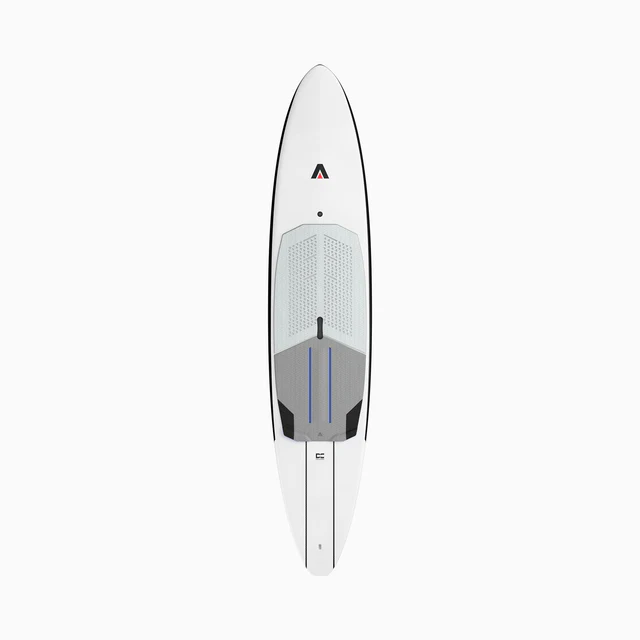
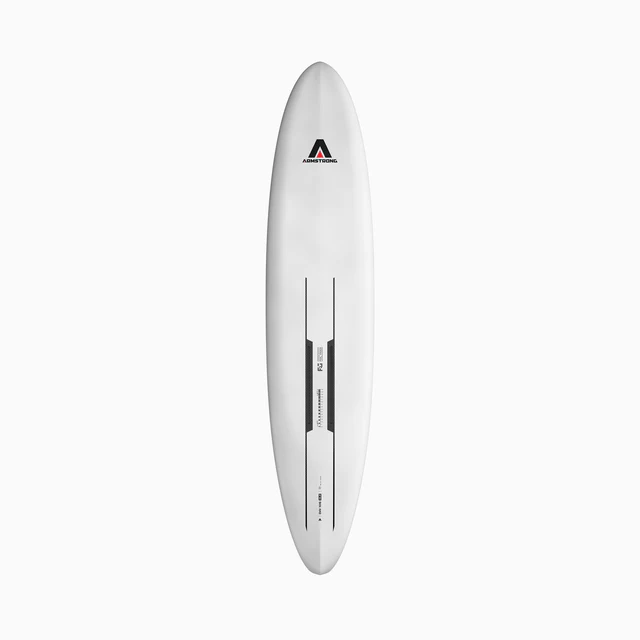
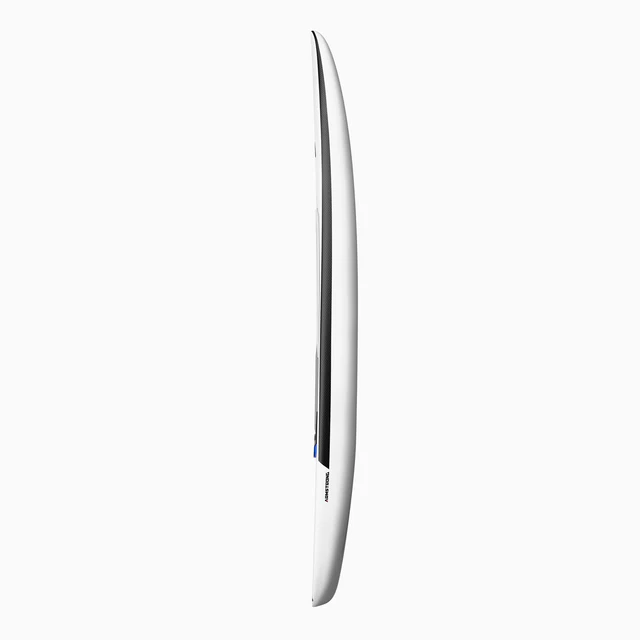
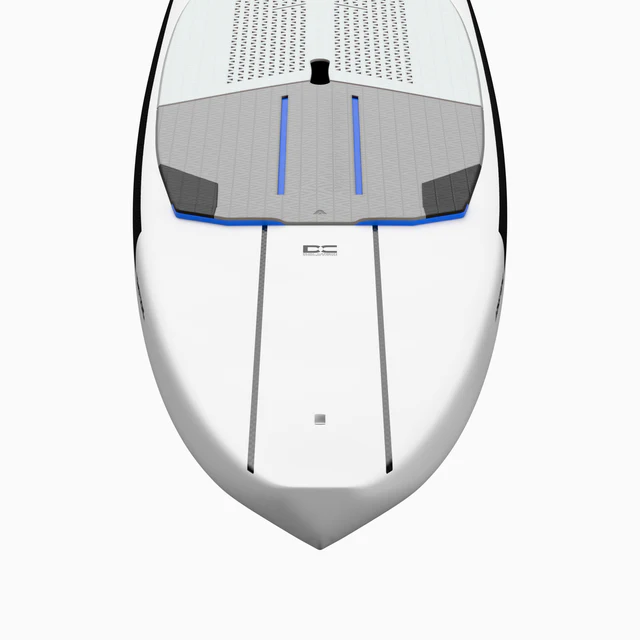
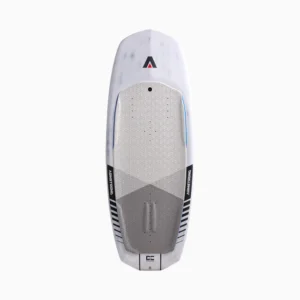
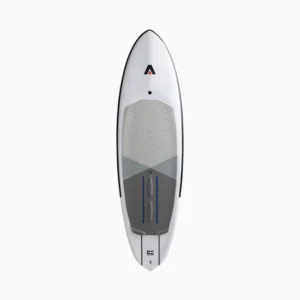
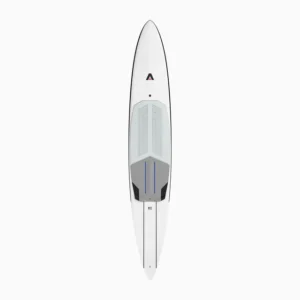
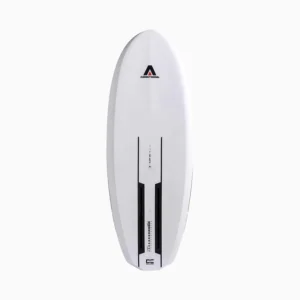
Reviews
There are no reviews yet.